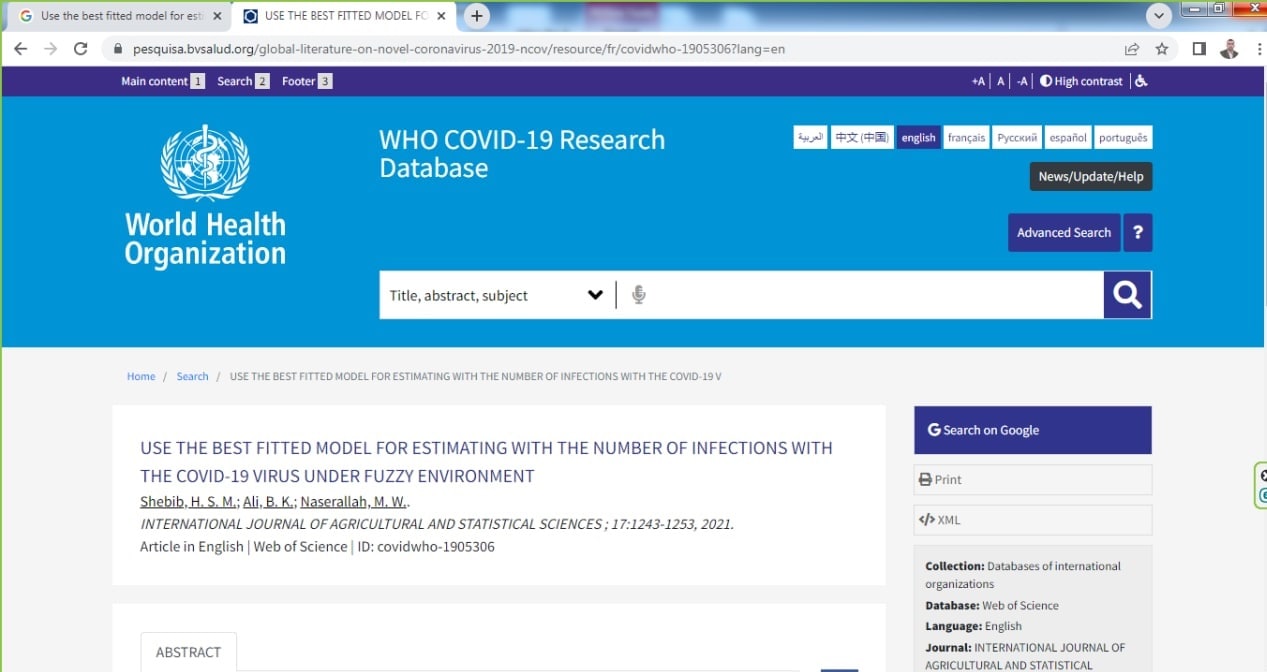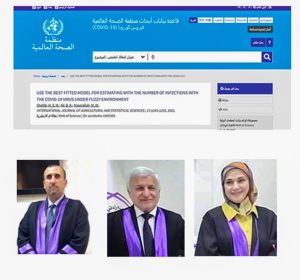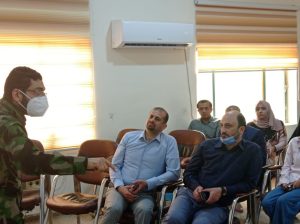World Health Organization has adopted a scientific research by a lecturer from faculty of Administration and Economics /University of Kerbala as the best model for investigating Corona pandemic.
The World Health Organization published the paper which is entitled (MODEL FOR ESTIMATING WITH THE NUMBER OF INFECTIONS WITH THE COVID-19 VIRUS UNDER FUZZY ENVIRONMENT) on the website of the site and classified within scientific research that contributed to investigation of Corona pandemic after it has been published in the conference of the Iraqi Society for Statistical Sciences within the Scopus container.
The study prepared by Dr. Hana Saad Shabib /University of Kufa , Mahdi.Naserallah/ University of Kerbala and Dr. Bashar Khaled Ali / Babylon Health Department, includes the fit of a set of common statistical models on data that represent the number of infections with Covid-19 virus in Iraq from the beginning of the disease until now using the principle of ambiguity through forming a fuzzy information system (FIS) and generating belonging values for each element in traditional group to form a fuzzy group, and from it, at certain cut-off values, a traditional group produced that takes into account the inaccuracy (certainty) in data collection, then testing the strength of the models used using the F test and the Sig value.
The research concludes that the best model in representing the data of Covid-19 virus pandemic is Power model, which recorded the lowest mean square error MSE among all models, followed by the logistic, composite and exponential models with the same power of fit, with the same values of the mean square error MSE at all. The cut-off coefficients in the fuzzy group and that the cubic, quadratic, linear, logarithmic, and inverse models are not suitable for the data on the number of COVID-19 infections.
































































